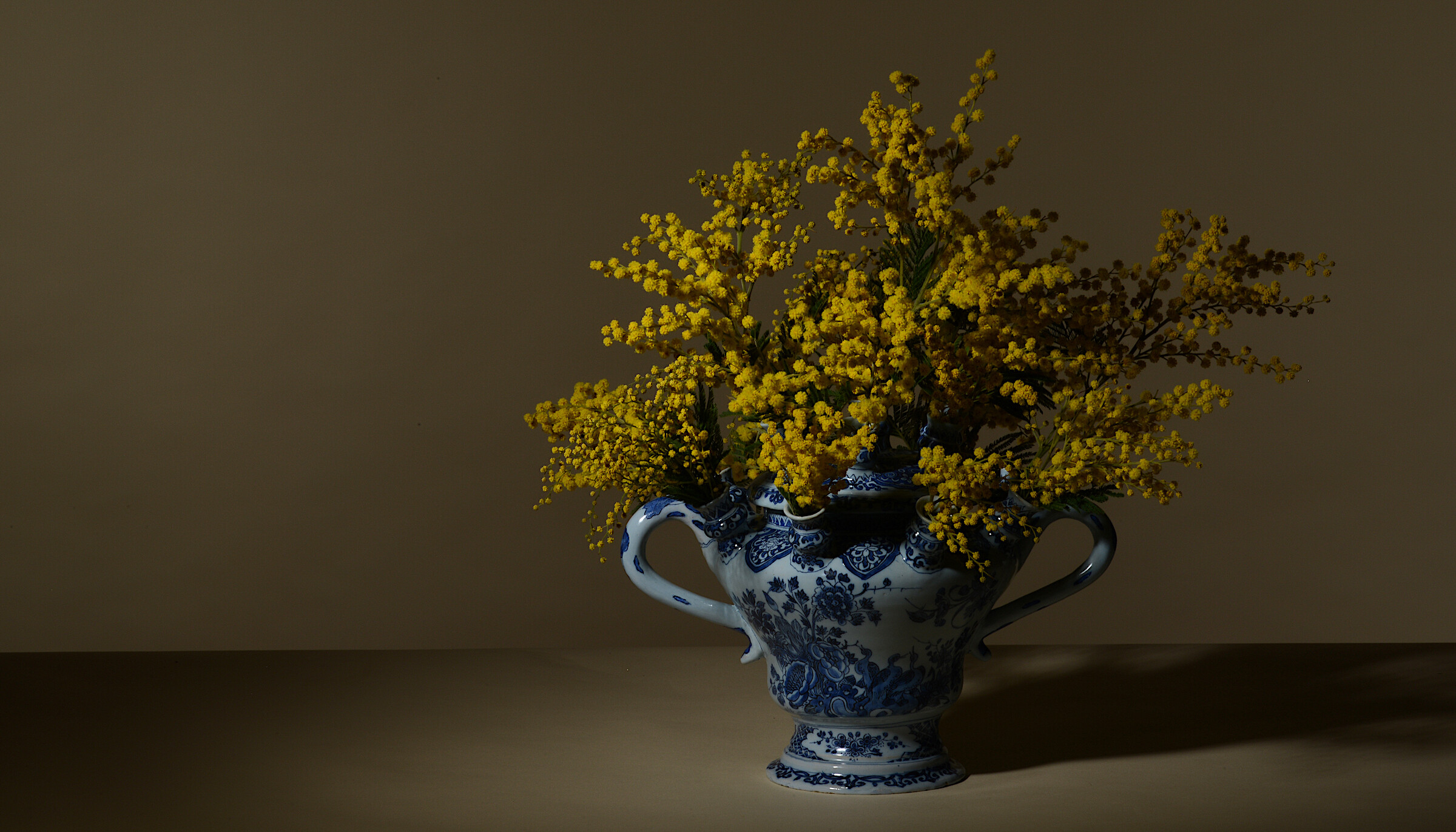Part of the interview published on TEFAF.com on September 9th, 2021

THE POWER OF COLLECTING HISTORIC DECORATIVE ARTS TODAY
By Michael Diaz-Griffith Sep 9, 2021
What concept or idea in the decorative arts fascinates you right now?
Robert Aronson: I often think about the enormous amount of labor it took for many people in many different specialties to create an object in my field. When you see an earthenware vessel, you may think, ‘An artist made that object,’ but the process begins with sourcing the right clay, washing that clay, molding it into the form we see today, obtaining the ingredients for the glaze, making sure the glazing is transparent and clean, sourcing the right cobalt that turns blue in the oven, and so on. There are so many facets to creating a good-quality piece of Dutch Delftware, and it’s not the result of just one pair of hands; it’s the product of a whole industry that worked to create a singular, wonderful object.
Tell us something about collecting or the decorative arts that buyers may not know.
Robert Aronson: A good collection doesn’t contain only masterpieces. It features a middle layer that establishes a baseline of quality, explaining why the masterpieces are what they are—essentially, setting off their greatness. And that middle layer speaks to different histories; for example, middle- class versus aristocratic or royal collecting contexts. I think it’s an essential component. New collectors have a unique opportunity in the decorative arts to survey an accessible field, find an entry point they’re comfortable with, immerse themselves in research and exploration, and embark on a very enjoyable collecting journey. From the start, you can begin assembling an important part of your collection. That’s exciting.
“New collectors have a unique opportunity in the decorative arts to survey an accessible field, find an entry point they’re comfortable with, immerse themselves in research and exploration, and embark on a very enjoyable collecting journey.” — Robert Aronson
Why should someone begin collecting within the decorative arts?
Robert Aronson: I know collectors who only buy when they’re traveling, and I really admire their practice. This can be such a fun arena! The collectors I’m thinking of see their acquisitions as souvenirs, and if you think about it, that is precisely what was happening during the seventeenth and eighteenth century with the Grand Tour, when objects from Italy were brought up to Northern Europe or elsewhere by curious and inspired travelers. It speaks to the idea of collecting as a journey, and we can have that experience today. To me, there is nothing more fun than researching a subject with your partner and discovering what you both like. You can travel the world together, visiting museums and fairs like TEFAF and encountering amazing objects, discussing them, and opening yourselves to new ways of seeing. This can happen in the decorative arts just as it happens with a good glass of wine: You open a bottle and share the experience with each other, and if you find an estate or vintage you both like, maybe you continue along that path. It can be just the same with Delftware or other disciplines.
Michael Diaz-Griffth is Executive Director of Sir John Soane’s Museum Foundation and author of “The New Antiquarians,” forthcoming from The Monacelli Press in 2022.


